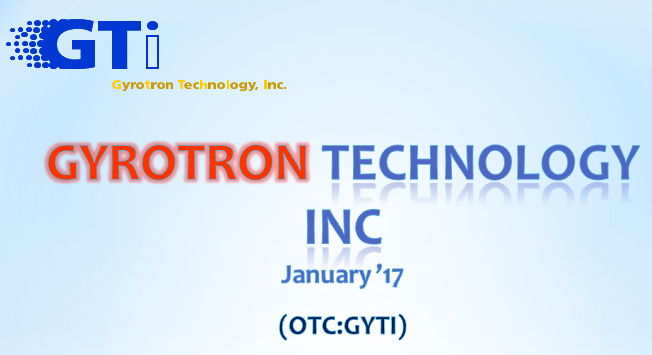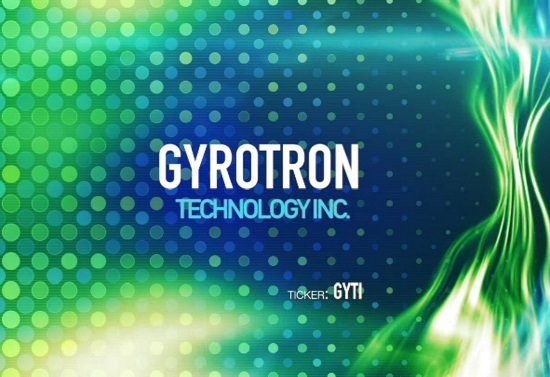Glass Melting
Glass Melting Technology
Traditional glass melting is the process of making a glass composition from the batch of glass making ceramic. Most all components of the batch have high melting points. A lot of air is trapped in the initial batch. This air, as well as other gasses formed during chemical reactions between batch components, must be removed to get quality product. This process is called ‘fining.’ Air and gases are trapped inside bubbles. As the result of gassing, a foam layer appears on the surface of molten glass. The process of permanently removing this foam is very slow because it is heated only through the thermal conductivity from the molten glass. A new batch that comes to the tank for melting the glass also stays on top and floating on the molten glass. It takes a significant amount of time until the new batch becomes melted. All these steps make the process of glass production to be very time consuming.
The only way to accelerate the glass melting process and to make it easier is directly heating the foam and the new coming batch floating on the molten glass surface. The best heating source for that is microwave. Microwave has well known ability to heat materials volumetrically so the heating does not depend on heat transfer or thermal conductivity. In addition to this advantage of the common microwave, millimeter-wave microwave interacts with the glass forming batch so efficiently that the batch can be melted within seconds. The new technology based on the possibility of the gyrotron beam to melt ceramics’ components rapidly was created by Gyrotron Technology Inc. Using the technology of the gyrotron beam, glass for making ceramics melts as it continuously flows directly on its way to the melting furnace and/or on the furnace itself.
This also gives opportunity for the new design of melting tanks for the glass production. Any capacity melting tanks (including small) can be designed. Using small melting tanks saves energy, space, and time, while simplifying changes required in the glass composition, tooling, and realignment of the production line. Another advantage of this technology is that the glass batch does not come into contact with the electrical, gas, or fuel sources; e.g., electrodes, gas, oxygen, crude oil and so forth, so the composition stays the same.
There is also the possibility to make glass products without using the melting tank at all but by melting the batch directly in the forming tool. For example, the raw glass making material can be rapidly melted directly in the tube and rod forming machine.
Existing conventional equipment for melting glass can be retrofitted and adopted for using gyrotron.
The microwave generators used for this technology, called gyrotrons, produce millimeter wave microwaves in the form of a beam. This easily controllable beam has the ability to heat materials volumetrically, rapidly with high efficiency. Modern gyrotrons are commercially available and designed to create hundreds of kilowatts of microwave power in continuous mode.
Many industries can benefit by using the new glass melting technology. For more information about this and other new technology for almost all steps of glass processing please visit https://www.gyrotrontech.com/




